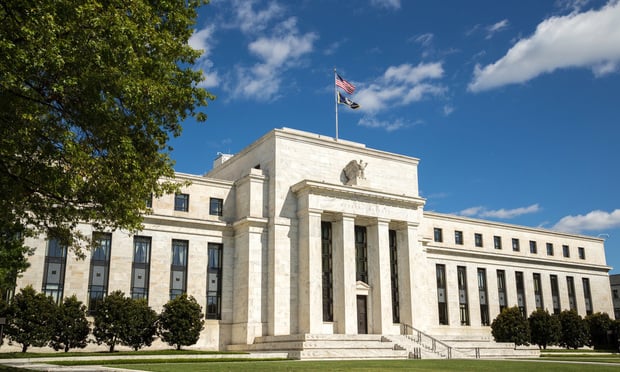CHICAGO-The mood, for a real estate conference, was upbeat at the National Association of Real Estate Investment Trusts’ REITWeek 2010 conference at the Hilton Chicago, an event that started this morning and will last until Friday. While the general real estate market is still down, trusts have raised enough capital to be one of the few entities around with enough strength to take advantage. With returns generally running at almost 14% since the REIT industry started in 1992, “we’ve really proven that the REIT way is the right way,” said Deb Cafaro, chair of both NAREIT and Ventas Inc.
Even Sam Zell, the popular chairman of many groups including the Equity Residential Trust, was spouting positive about the industry’s success at weathering the recession storm. “When we started, the industry was a $6 billion industry. Now it’s at $500 billion. That can be attributed to its consistency. Liquidity equals value,” he said during his luncheon presentation.
However, Zell did point out that the trusts do have their pitfalls. Investors should remember that a REIT primarily is a stock, which brings all the volatility of the trading markets. Also, he said there’s too many REITs today. “If you had 30 to 40 strong companies, they could operate effectively. But when you have 200, it’s just too much, these small companies just cause noise and disruption. Every entrepreneur wants their own cart.”
At the conference, about 100 of the trusts are presenting their current market status and ideas to hundreds of plan sponsors, investment managers, advisors and consultants, as well as various funds and analysts.
One lively debate was about when employment will rise again, during the conference kickoff presentation paneled by two academics: Morris Davis, assistant professor, real estate and urban land economics with the Wisconsin School of Business, and Robert Gordon, the Stanley G. Harris professor of the social sciences and professor of economics at Northwestern University.
Davis said he believes, with positive indicators such as sustained GDP growth and an expected drop in inventory, that the unemployment rate should fall from about 10% to 6.5% by 2013. Gordon says this is much too optimistic. “I think we’ll only see it drop to about 8% in three years, it will not likely go beyond a 1% per year drop,” Gordon said.
Both agreed that there is a definite increase in lending, deals getting done and company productivity. However, the unemployment has created an uncertainty that has kept many businesses from true growth.
Zell agreed. “How can businesses make decisions with all this uncertainty?” he said. A known opponent of the current administration, Zell said if he had been elected president, he would have made only one thing his focus. “We should just call a time-out right now, and say that we won’t work on anything else but creating jobs. We’ve wasted nine months screwing around, with things such as health care and other distractions.”
He said he’s not worried about other instability signals in the market, but said that companies today should have changed their model to be more prepared for catastrophe. “You need about 50% higher liquidity in your business, to create a bigger margin of safety for your investors,” he said.
Continue Reading for Free
Register and gain access to:
- Breaking commercial real estate news and analysis, on-site and via our newsletters and custom alerts
- Educational webcasts, white papers, and ebooks from industry thought leaders
- Critical coverage of the property casualty insurance and financial advisory markets on our other ALM sites, PropertyCasualty360 and ThinkAdvisor
Already have an account? Sign In Now
© 2024 ALM Global, LLC, All Rights Reserved. Request academic re-use from www.copyright.com. All other uses, submit a request to [email protected]. For more information visit Asset & Logo Licensing.








